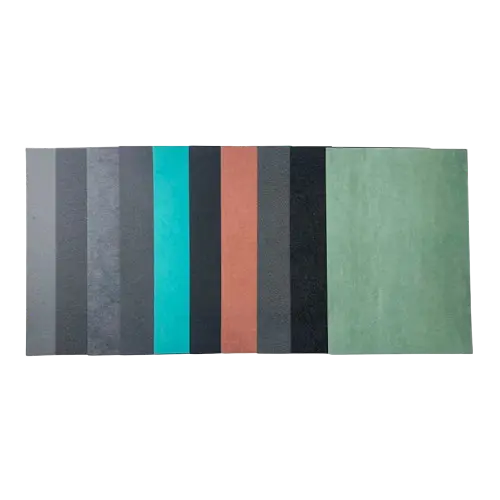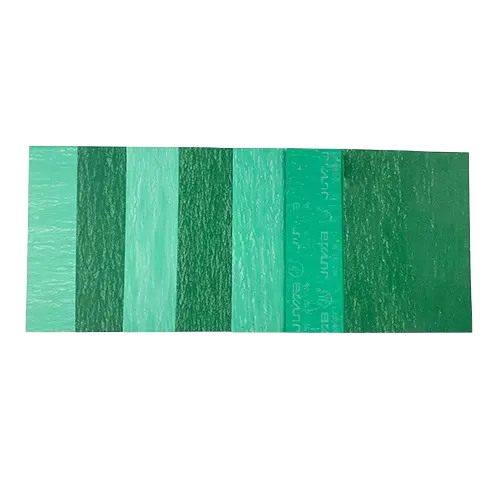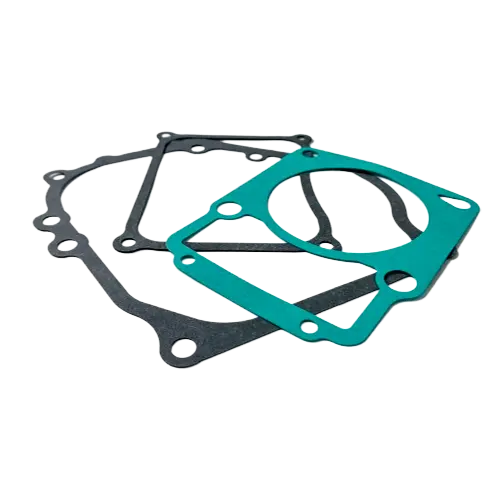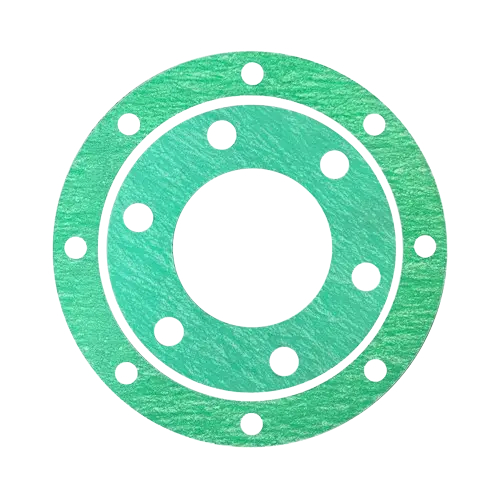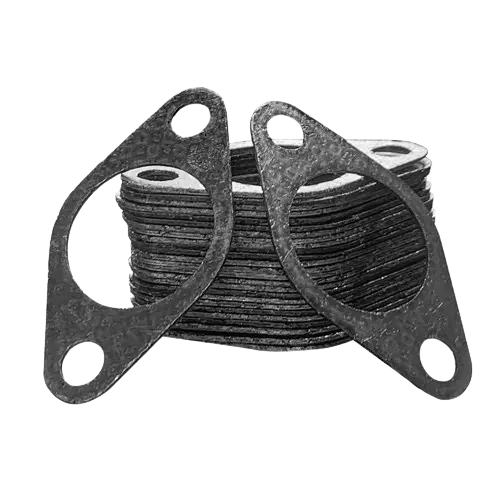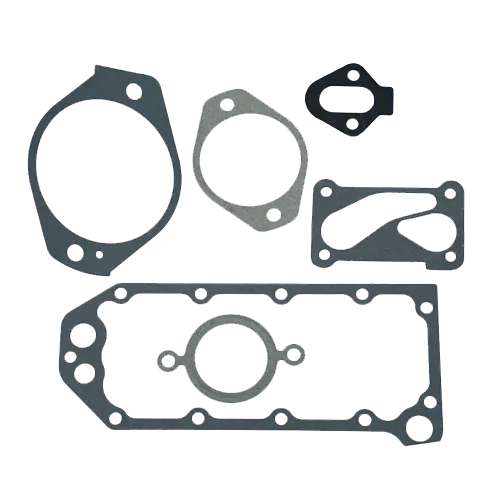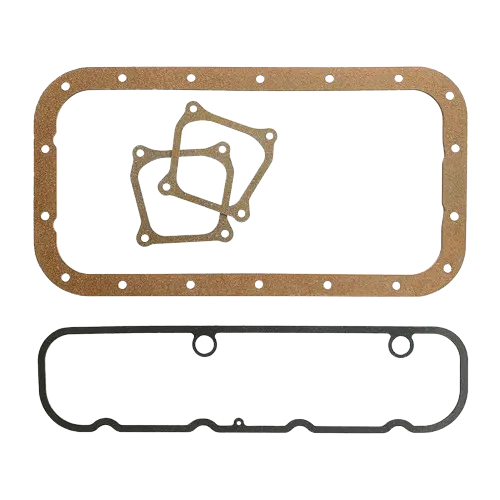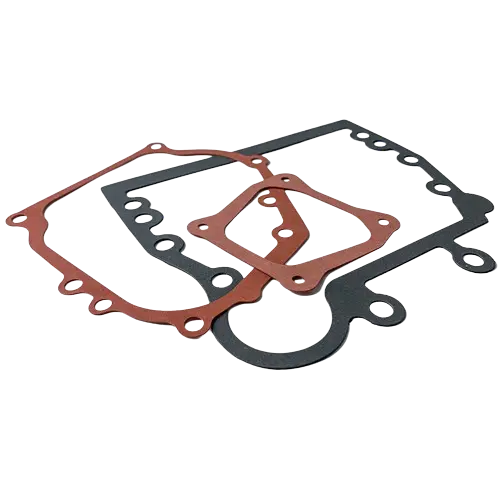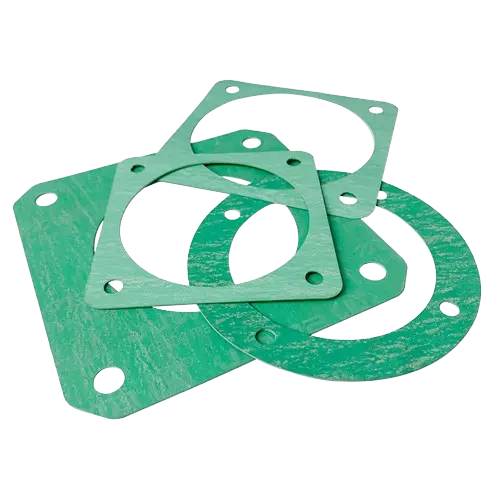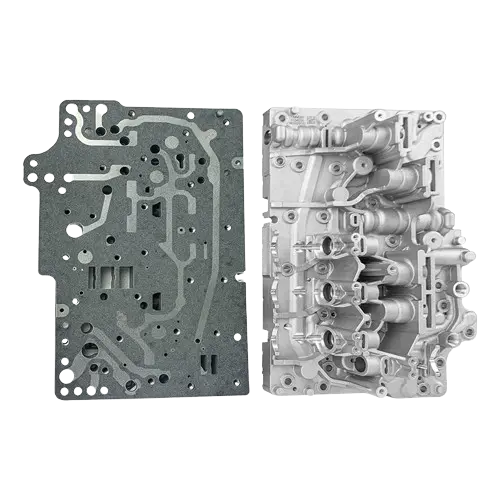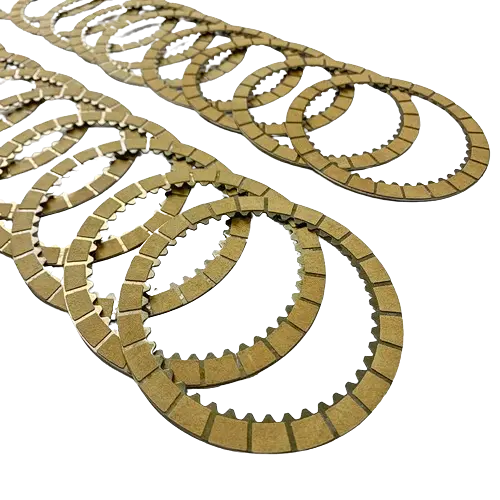Nitrile rubber generally has very excellent resistance to fuel oil and aromatic solvents, but it is not resistant to mediums such as ketones, esters, and hydrochloric acid. Therefore, oil-resistant sealing products and rubber gasket paper is mainly made of nitrile rubber.
Neoprene Rubber Gasket Material
Neoprene rubber also generally has good oil and solvent resistance. It has excellent resistance to gear oil and transformer oil but is not resistant to aromatic oils. Neoprene rubber also has outstanding weather aging and ozone aging resistance. The crosslinking rupture temperature of neoprene rubber is around 200℃. It is commonly used to make sealing strips for doors and windows. Neoprene rubber also has very good corrosion resistance to inorganic acids. Additionally, because of its good flexibility and airtightness, neoprene rubber can be used to make diaphragms and vacuum sealing products.
Natural Rubber Gasket Material
Compared with most synthetic rubbers, natural rubber has good overall mechanical properties, cold resistance, high resilience, and wear resistance. Natural rubber does not resist mineral oil but is relatively stable in vegetable oil and alcohols. In hydraulic brake systems of brake fluids composed of a mixture of n-butanol and refined castor oil, the rubber cups and seals are made of natural rubber. General sealing rubbers are often made of natural rubber.
How to Improve the Performance of Rubber Gasket Papers?
To improve the high-temperature resistance of rubber gasket papers, gasket material suppliers often use special rubbers such as fluororubber and silicone rubber in industrial applications. These rubbers have excellent high-temperature resistance. Additionally, heat-resistant fillers such as ceramic powders can be added to the rubber compounds to enhance the heat resistance of rubber gasket papers.
In industrial applications, high-pressure resistance is another important characteristic of rubber gasket papers. Ways to improve the pressure resistance of rubber gasket papers include increasing the thickness of the gasket, using high-strength rubbers such as NBR gasket material, and adopting multi-layer structures. Through the composite structure of multiple layers of rubber and metal core boards, the pressure resistance of gaskets can be significantly enhanced.
Advantages of Junma NBR Gasket Material
Junma NBR gasket material is designed to be better used on rough sealing surfaces and flanges with lower bolt loads. Its surface is specially treated to have the advantages of uniform rubber particles and good elasticity. Junma NBR gasket material can also be widely used in the seals of engine cylinder heads, semi-enclosed compressors, sewing machines, water pumps, and cylinder head gaskets of small engines and compressors.

